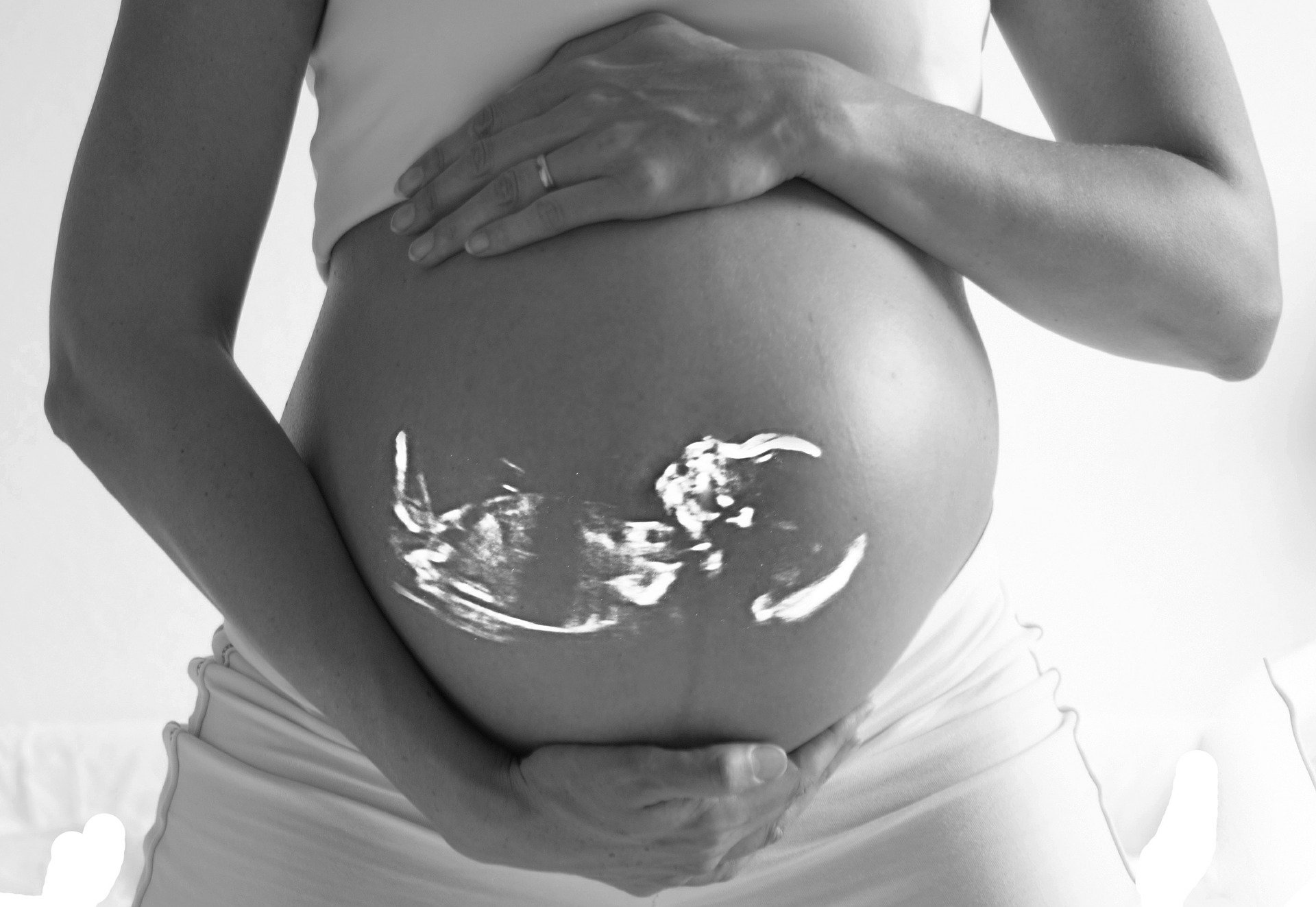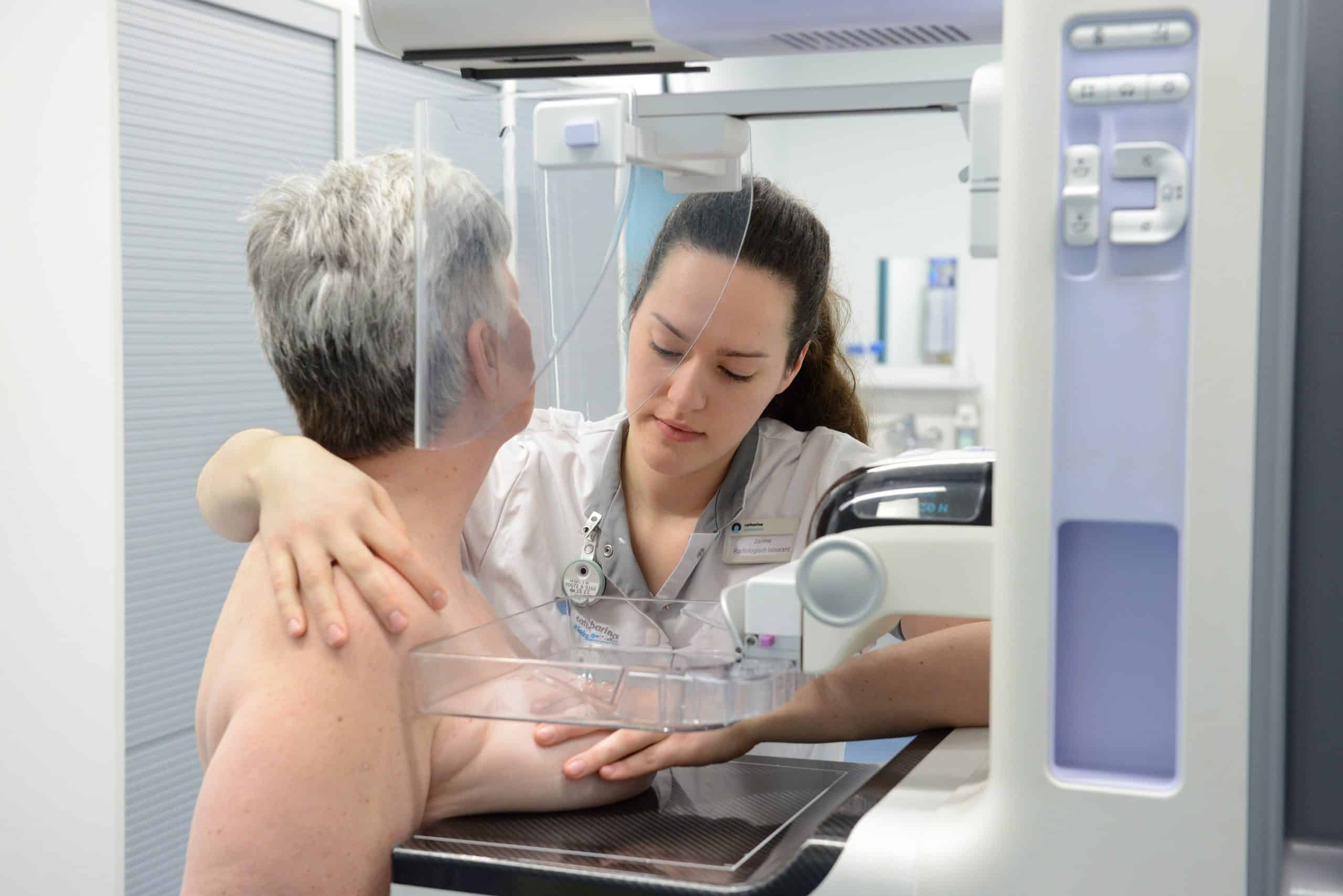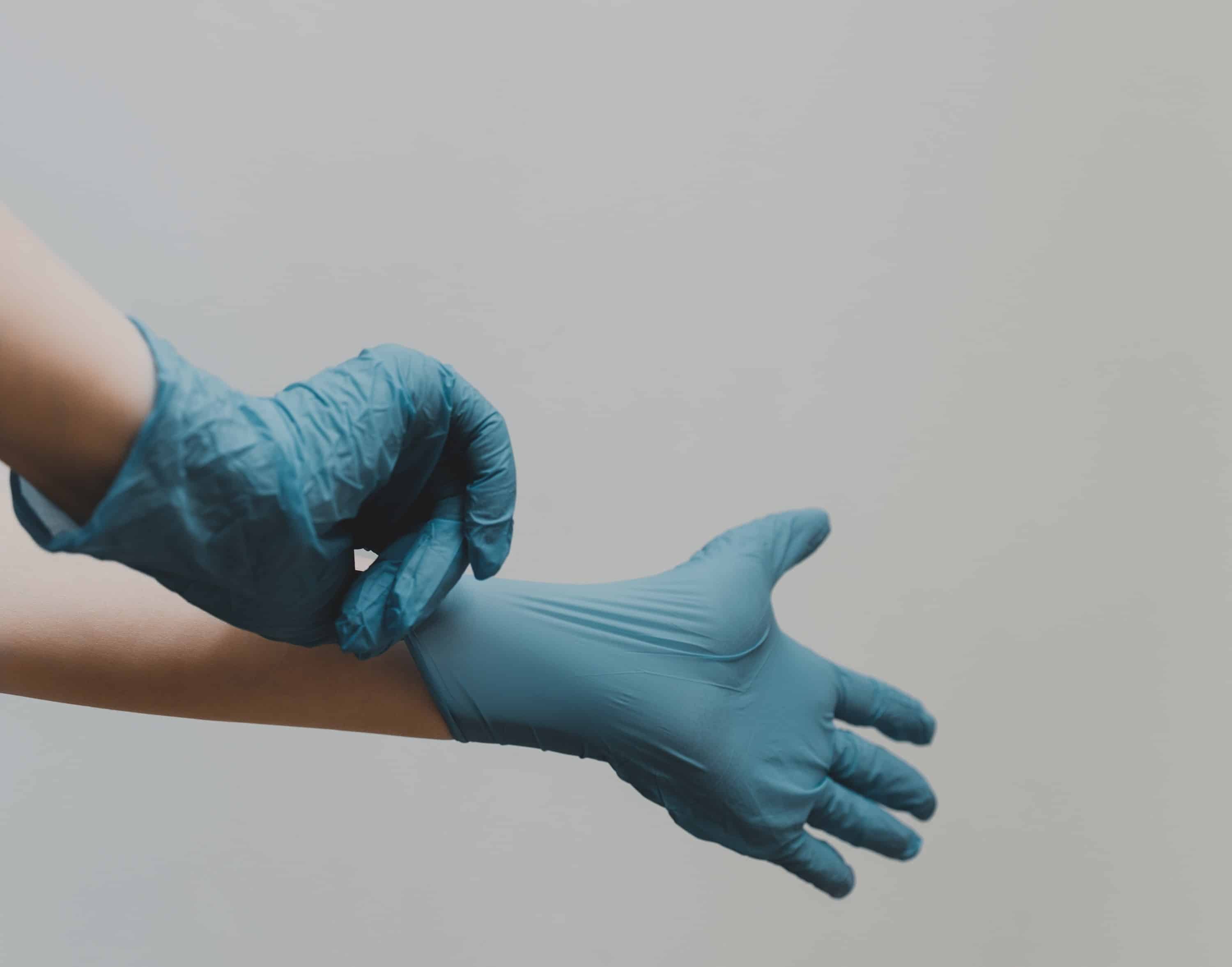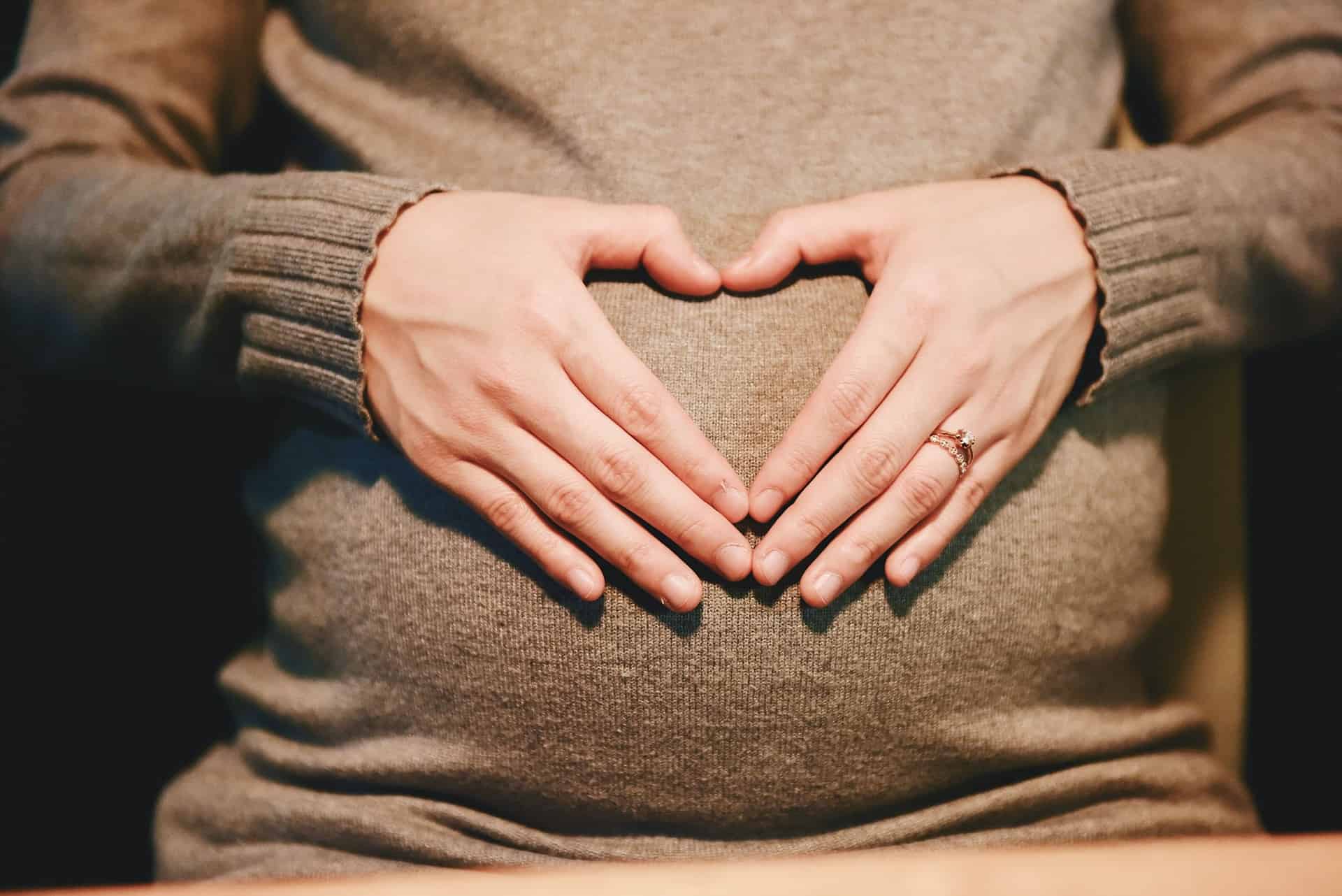
Connie Reed of the Catharina Hospital and Eindhoven University of Technology (TU/e) in the Netherlands is the recipient of the Young Scientist Award (European Society for Gynaecological Endoscopy, ESGE) for her research on uterine waveforms. These uterine waveforms play a major role in lower fertility rates. Researchers hope that the technique that has been developed will lead to a higher chance of pregnancy during fertility treatments.
Uterine waveforms
Uterine waveforms are small contractions in the uterus that cannot be felt. These contractions are visible on ultrasound images. The waves occur throughout the monthly cycle, and they change direction and severity depending on hormone levels.
Fertility treatments
Even before the study was carried out, it was known that a deficiency of these uterine waveforms at the time of fertilization or a surplus during insemination reduces the likelihood of pregnancy. Researchers from the WAVES study believe that when these waves can be properly understood, then they will be able to predict whether fertility treatments such as IVF have a chance of success.
The success rate of fertility treatment is about 30 percent per attempt. In order to improve this chance, medication can be used to ensure optimal uterine waveforms once these are better understood.
Ultrasound images
Movements on ultrasound images had already been assessed and examined back in the 1990s. However, conclusions drawn at that time were not concrete enough to be applied in practice. The TU/e and the Catharina Hospital have developed a new method that enables uterine waveforms to be easily measured.
Uterine waveforms can be measured on ultrasound images using what is known as the Speckle Tracking technique. This technique is already used in cardiac analyses. Movement is shown as a speckle pattern. The researchers use the technique to automatically find the wave movements of the uterus. The method has already been tested in a lab and in volunteers.
Further research
By using this technique, the researchers of the WAVES research have succeeded in distinguishing the different phases of the menstrual cycle. The research will continue to see how these movements play a role in pain, irregular blood loss, and becoming pregnant.
Also interesting: More insight into fertility issues thanks to Grip Fertility







